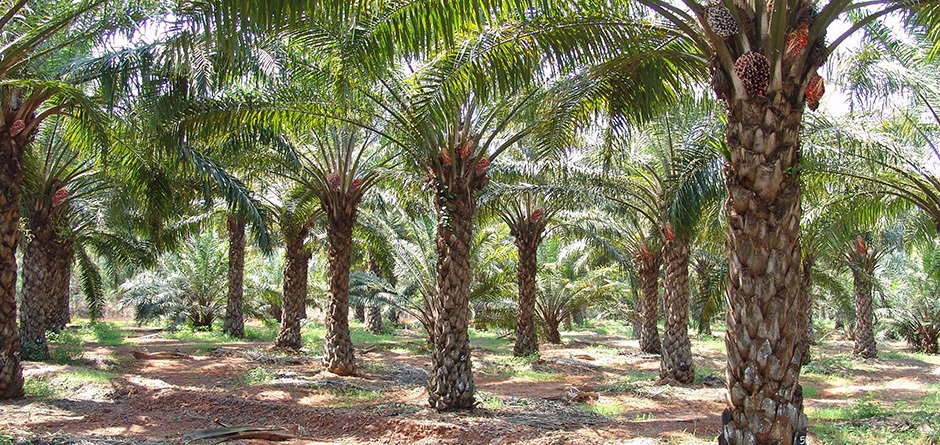Gania: At a time when there were no modern equipment to forecast the advent of unseasonal rainfalls and cyclonic storms, farmers would look at palm and coconut trees to be sure of the monsoon coming.
Well, it was not the coconut or palm trees but the beautifully weaved nests of weaver birds hanging in wind from these trees helped them guess on monsoon’s arrival.
In fact in past days when there was no such modern facilities to warn people of approaching calamities, people used to mark some creatures and birds to know about any calamities or rough weather condition.
Rats coming out of their holes suggested earthquake. If ants were seen coming out of their holes and going to higher places, it signified flood. Similarly sparrows’ dust bath meant sudden rainfall round the corner.
And if weaver birds were sighted weaving their nests, it was the indication of monsoon at the door step. This is perhaps the reason why the farmer community in those days used to call these birds as ‘MeT centre’.
In old days the peasants would start bracing themselves for all farming activities upon seeing weaver birds knitting their nests.
Though the weaver birds are smaller in size compared to other birds, their saving grace is their nests weaving technique. Lovingly, these birds are also known as the ‘engineer birds’. The weaver birds build their own house, invite a female and then both stay there.
“For its nests, it collects strands of date, palm or coconut leaves. It ties the first strand to a leaf of date, palm and coconut leaves with the help of its beak. The nest is so technically woven that the bird can enter easily, but not any predators. Rainwater too cannot seep into it,” said a bird watcher here.
“The male bird generally weaves several nests. The nest where the female is to lay eggs is like a shell so that the eggs cannot fell off it. Male bird’s nest is like a swing,” he described.
The view of these birds’ nests swinging in air from leaves of palm, date and coconut trees is a real feast for eyes. These tiny engineer birds are brown in colour with a yellow spot on their heads. Nature lovers and bird watchers wish to watch these birds peeping through their swinging nests. Their chirpings, they say, immensely soothe their hearts.
But this specific chirping is becoming a rarity. These birds and their nests are fast vanishing from the areas where they used to be seen in numbers earlier. “Rampant felling of coconut, date and palm trees and sometimes cyclones cause damage to these trees is the reason why sighting of these birds is becoming rare,” they observed, adding, “It is time the forest department took steps to plant more of these kinds of trees, or else these weaver birds will remain in pictures and poems only.”
PNN
